Bulgaria was the world’s second-largest wine producer in the 1980s; the fall of communism called last drinks on that party, but thanks to investment and innovation, they’re again rolling out the barrel. The country has five official wine regions, each with their own microclimates and grape varietals: cleanse your palate and hop aboard our tastings tour of Bulgaria’s best.
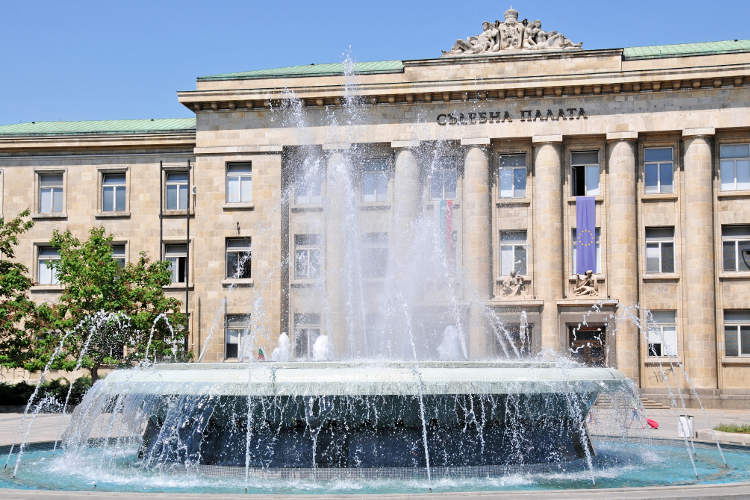
Taking in the fertile plains between the Danube and the vast Stara Planina range, this dry, sunny region is home to 35% of Bulgaria’s vineyards. Winegrowers here cover all bases, producing classy dry whites (Chardonnay, Riesling, Sauvignon Blanc and Aligoté are favourites), reds including Cabernet Sauvignon, Pamid and Merlot, and the sweet-but-not-cloying Muscat Ottonel. The deep purple, slightly spicy Gamza is the region’s signature drop.
Wineries
The Vinprom Rousse Winery in the elegant city of Ruse is one of Bulgaria’s prime winemakers. Established in 1948 as a state-owned business, it’s now a modern, mega-efficient privatised vintner turning out 40 million litres each year. Among its best offerings are quality Danubian whites and the red Gamza dinner wine.
Lovico Suhindol, founded in 1909, specialises in Gamza, Cabernet Sauvignon, Chardonnay and Muscat. Located in the quaint Suhindol village 60km from the stunning city of Veliko Târnovo, it’s as worthy for its vista as for its vino.
Way over to the west, Magura Winery takes its name from the nearby Magura Cave, a section of which – thanks to conditions akin to French Champagne cellars – is used to age sparkling wines. The winery runs degustatsija na vino (wine tasting) tours unlike any others in Bulgaria: visitors sip ’n’ snack deep within the bowels of the cave.
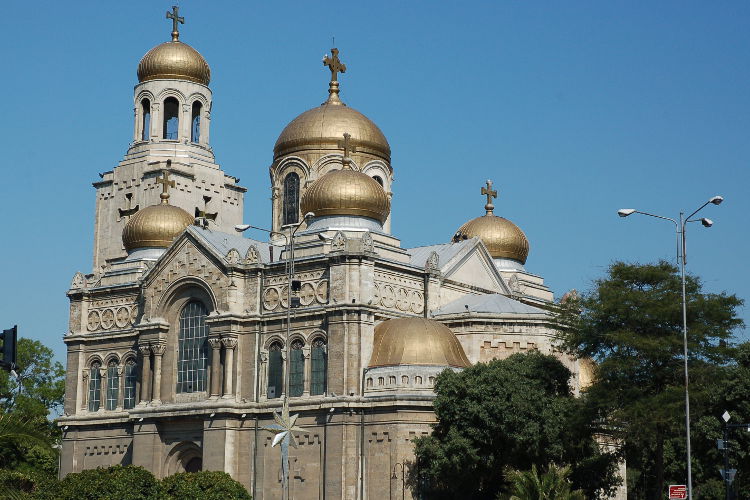
Running down the coast from Romania to Turkey, this region houses about 30% of Bulgaria’s vineyards. With long, hot summers and mild autumns, conditions here are ideal for white grapes. Top local drops include Dimyat, Traminer, Riesling, Muscat Ottonel, Gewürztraminer and excellent Sauvignon Blanc.
Wineries
A former royal summer palace, the majestic Chateau Euxinograde near Varna was established in 1891 by Prince Battenberg. The huge complex includes an ornate palace, massive botanical garden and a boutique winery specialising in Riesling, Traminer and a French-style brandy. The priceless wine collections of Prince Ferdinand and Tsar Boris III are also kept here.
With vineyards in the eastern Black Sea region and on the Thracian plains, Domaine Boyar employs some of Bulgaria’s best grape-growing soil to produce award-winning wines enjoyed around the world. Famous for its Chardonnay and champers, the winery offers gourmet tastings at its Shumen location.
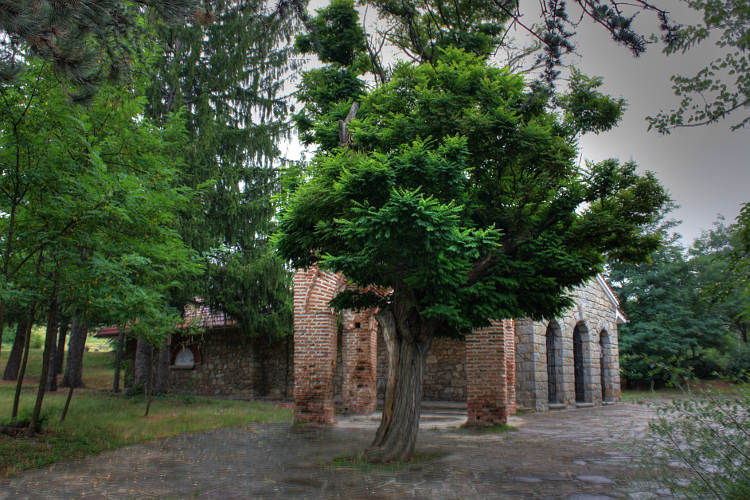
Better known for rose oil production, this small region (south of the Stara Planina range and north of Bulgaria’s second city of Plovdiv) nevertheless packs a punch when it comes to producing dry whites. It’s particularly famous for Misket, grown to perfection in the Sungurlare Valley. The jumping-off point for trips in the valley is the town of Kazânlak.
Wineries
The most famous winery is undoubtedly Vinex Slavyantsi, located in the fertile Sungurlare Valley; it has been winning awards for its wicked whites since the 19th century, and its Leva blend (Chardonnay, Muscat and Dimyat) is one of Scandinavia’s top-selling tipples. The wines taste good, and the vintners do good: their Leva Foundation provides for the education of local Roma children.
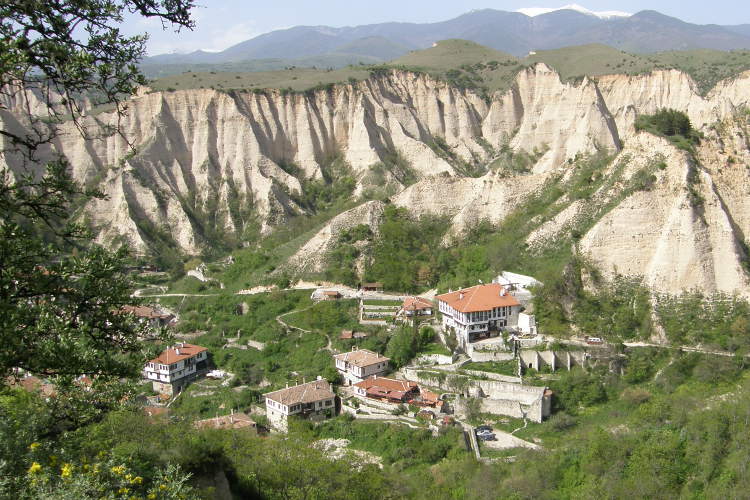
Found in Bulgaria’s southwest – between the River Struma and Pirin Mountains – this small but significant region is home to the equally small but significant village of Melnik. Despite having a population of under 400 people, Melnik is a nation-leader in producing strong reds; its signature drop, Shiroka Melnishka Loza, was a favourite of Winston Churchill’s, who used to order it by the barrel. The region’s arid, Mediterranean climate also makes it ideal for Cabernet Sauvignon and Merlot.
Wineries
Damianitza is the leading Melnik winemaker. Founded in 1940, the winery has gone on to combine modern innovations with old-school techniques (including fermenting wine in handmade clay pots) to create Ruen, a blend of local varieties with Cabernet Sauvignon, and Rubin, a mix of Nebbiolo and Syrah varietals.
A skip from the Macedonian border, the Logodaj Winery was established in 1994 by three bottle-besotted friends, and has been producing small vintage wines ever since. Local varieties – including Shiroka Melnishka Loza and Ruen – are its specialty. Visitors are welcome.
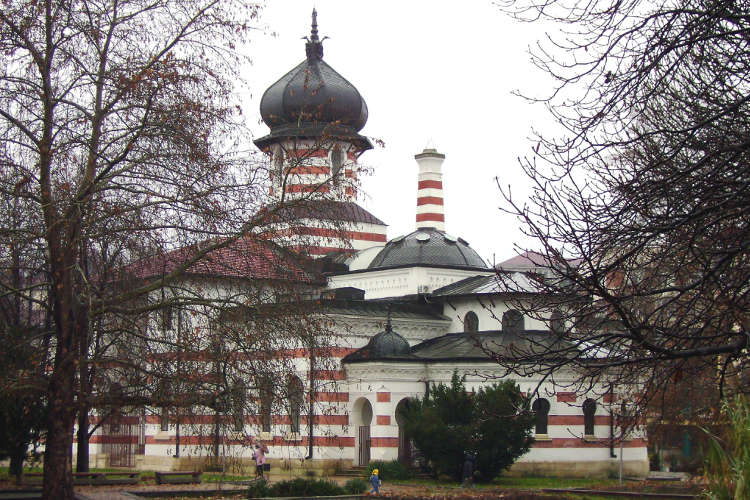
This region – south of Stara Planina and extending to the Sakar Mountain – produces one of Bulgaria’s most famous wine grapes: the red, spicy Mavrud. Other ripper reds include Merlot, Cabernet Sauvignon, Red Muscadine and Pamid. The Bessa Valley sub-region has serious vintage: wine has been produced there (by the Dionysus-doting Thracians) since the 5th century BC.
Wineries
The huge Bessa Valley Winery has gained repute for its superb Merlot and Cabernet Sauvignon as well as Enira, a combination of both grapes. The winery offers extensive tasting tours (10 to 25 euros) of the vineyards and the cellar (check out the walls: they’re flecked with the fossils of ancient sea creatures!), and does gourmet food pairings with up to seven different wines.
Terra Tangra, on the slopes of the Sakar Mountain near the Turkish border, is the producer of Bulgaria’s first certified organic wines. The family-run group, which specialises in small-batch wines including the local Mavrud, has only been going for a few years, but it’s already won numerous international awards.
Many wineries offer tastings and tours, even if they’re not advertised: contact them via their websites. Bookings are always essential. And if wine history pops your cork, Bulgaria is home to wine museums including one spectacularly set inside a cave in Pleven and the new Museum of Wine in Melnik.